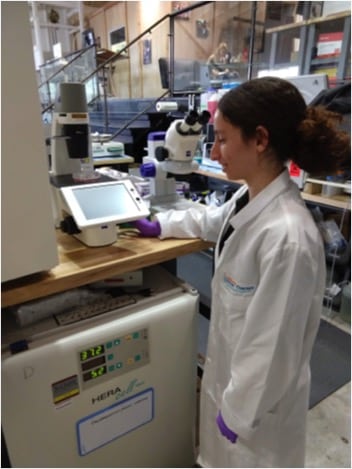Each week we will be featuring the work of a scientist on the cc-TDI team to give you a view into the lab and an update on our progress. While some might argue that the Science Fiction genre is the most imaginative view of the scientific universe, we would argue that some of the actual science happening in our lab might be even more innovative and imaginative…. Hence, we have decided to call this new bog series: Science Nonfiction. If you’re a Science Fiction fan (or even if you’re not), sit back and get ready to learn. For our inaugural Science Nonfiction post, read about the work being done by biologist, Dina Kats!
Take it away, Dina…
My role at cc-TDI as the Foundation for Addie’s Research (and Owls for Avery, Macy Easom Foundation, Wilcock Family) biologist is to study hepatoblastoma, create new fluorescent cell lines to study cancer metastasis and drug response, and investigate novel drug treatments.
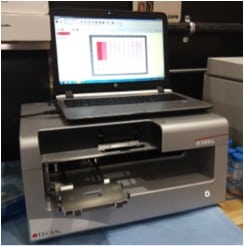 In the past few months, I’ve completed our version 4 drug screen on all hepatoblastoma cell lines in the lab, as well as on a normal control. I’ve also tested out interesting individual drugs in more focused drug screens using our awesome drug printer.
In the past few months, I’ve completed our version 4 drug screen on all hepatoblastoma cell lines in the lab, as well as on a normal control. I’ve also tested out interesting individual drugs in more focused drug screens using our awesome drug printer.
I’ve been generating RFP and luciferase expressing hepatoblastoma cell lines, so that they can be seen on the microscope in Sam’s quail egg assay (yes, quail eggs!). This will allow us to test drugs that inhibit hepatoblastoma cell growth and migration in a more biologically relevant way.
There are two drugs we think are promising that I’ve been studying in greater detail, and looking at the molecular mechanisms that drive the drug’s method of action. Understanding exactly how a drug works can help us anticipate how effective it may be in vivo. To do this, I’ve been using the Guava easyCyte flow cytometer and some westerns.
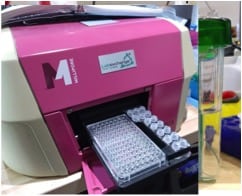
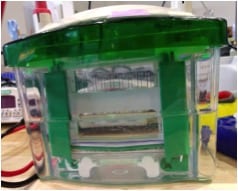
What’s Ahead?
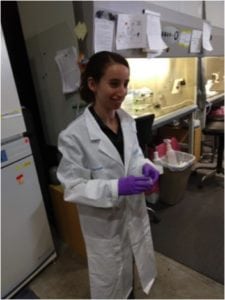 I’m excited for the next month to get sequencing data from our cell lines, and to investigate whether any of the novel hits from the drug screen should be pursued further. I’ve also been talking to the hepatoblastoma team at cc-TDI about different approaches to study the developmental biology of the liver, and how we can target the Wnt/β-Catenin pathway which is often disregulated in hepatoblastoma.
I’m excited for the next month to get sequencing data from our cell lines, and to investigate whether any of the novel hits from the drug screen should be pursued further. I’ve also been talking to the hepatoblastoma team at cc-TDI about different approaches to study the developmental biology of the liver, and how we can target the Wnt/β-Catenin pathway which is often disregulated in hepatoblastoma.
It is rewarding to spend every day working to improve medicine and try to find better cures for pediatric cancer. I’d like to thank the Foundation for Addie’s Research, Owls for Avery, the Macy Easom Foundation and the Wilcock Family for this opportunity and for always championing our work.

